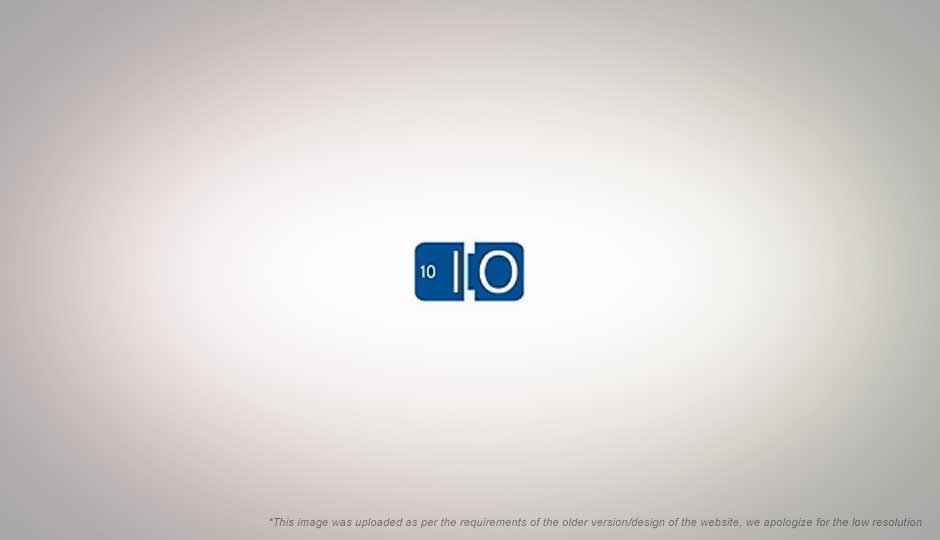Android 2.2 FroYo released for developers

Android 2.2 or FroYo (“Frozen Yogurt” ) has finally been unveiled by Google at their IO 2010 event, and quite some time this release had a focus on improving the core of the OS rather than improving the platform itself. With this release one of the aims had been to decrease fragmentation of the OS.
With each revision of the OS bringing changes to the operating system core, fragmentation of the OS has been becoming a problem lately. With this latest Android 2.2 release, there have been seven releases on the Android OS, with 1.0, 1.1, 1.5, 1.6, 2.0, 2.1 and now 2.2, and of these four (1.5,1.6,2.0,2.1) are in active use. All this in less than 2 years!
Unfortunately updating device operating systems is not as easy a matter as updating a desktop OS, and requires active participation and effort from hardware manufacturers, who have usually made their own visual modifications to the system. They take their own sweet time in updating released models while focusing on their upcoming models, and those who purchase the latest model one day find themselves running an outdated OS in just a little time.
Furthermore, not all applications written for later versions of Android will run on older versions, this can be in effect as bad as them being different OSs. From now on Google will be ensure that the changes made to the OS are such that they can easily be implemented in older mobiles without the intervention of the handset manufacturers. Major updates should be less often now. Eventually it would be best if Google’s updates to Android would be such that they wouldn’t affect the UI customizations that most handset manufacturers make.
Coming back to Android 2.2, Google’s latest release: there are some major updates in Android 2.2 are which improve the performance of applications and websites on Android phones.
First of all — and best of all — FroYo introduces the new Dalvik JIT compiler for Android applications. Since Android applications are written in managed Java code, and run on a VM, with this new compiler in place, Google expects applications on Android 2.2 to get an immediate boost of as much as 2 to 5 times in running applications! This is good enough news for some of the less powerful phones, but with phones like the Nexus One, there can be some serious performance gains.
Secondly, Google has ported their V8 engine — which the the technology behind Google Chrome’s blazing fast JavaScript execution — to ARM and it is included in Android 2.2. This, according to Google, could improve the performance of javaScript code in the browser by as Jmuch as 2 to 3 times.
As has been speculated from quite some time, Android 2.2. also includes support for Flash 10.1 and only devices running Android 2.2 will be able to run full Flash content.
Check out the next page for more new features and the official video.
For enterprise customers, Android 2.2 has some exciting new features for Exchange. Now the OS has improved security, support for Exchange calenders, auto-discovery of settings, autocompleting email addresses from the directory, and best of all, support for remote wipes in case the instrument is lost.
Tethering support is much improved as well, and your Android phone with FroYo installed will be able to act as a WiFi hotspot, giving your laptop or other device instant wireless connectivity via your mobile phone. Or you can connect your phone directly to your computer via a USB cable and Window and Linux systems will be able to use it as 3G modem.
Android features some new platform technologies as well, new APIs introduced in FroYo will enable applications to participate in the data backup and restore, so an application can be backed up from one device and restored to another, or even the same device after it has been reset; developers will also be able to specify if they want their application to support running from an SD card, in which case a user would have the options to move it back and forth from the phone memory or the SD card.
A new Android Cloud service can be used by application developers to push updates to Android 2.2 devices or add two-way sync support to their apps. There have been many many more small updates to Bluetooth functionality — which now supports voice dialing, contact sharing and more –, in APIs for media, graphics, camera, etc.
Besides these these there has been some visual updates as well. The OS now features a new camera and gallery UI, and a revamped home screen.
For developers there is a final piece which is sure to be helpful, a new bug reporting system which will help them collect data about application crashes, hangs and other issues from their Android Marketplace accounts.
Overall this release seems to have evolved the Android platform significantly despite being a simple point release. Google is already onto the next version of Andorid codenamed “Gingerbread”.
The Android 2.2 SDK for developers which includes a system image for the emulator, for those with itchy fingers.
For highlights of new features in Android 2.2 click here
Or check out the following video by Google which gives an overview of some of the new features:
